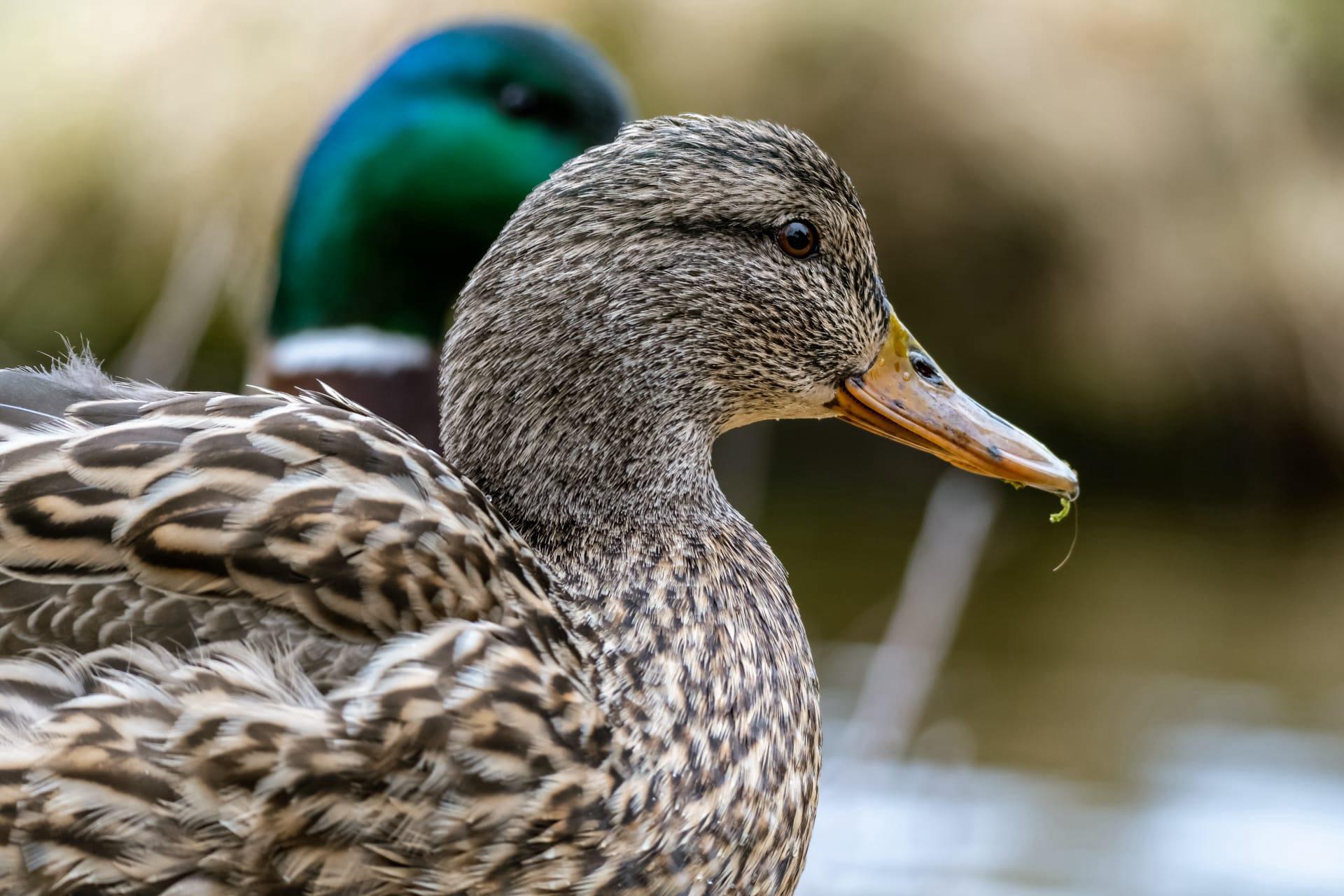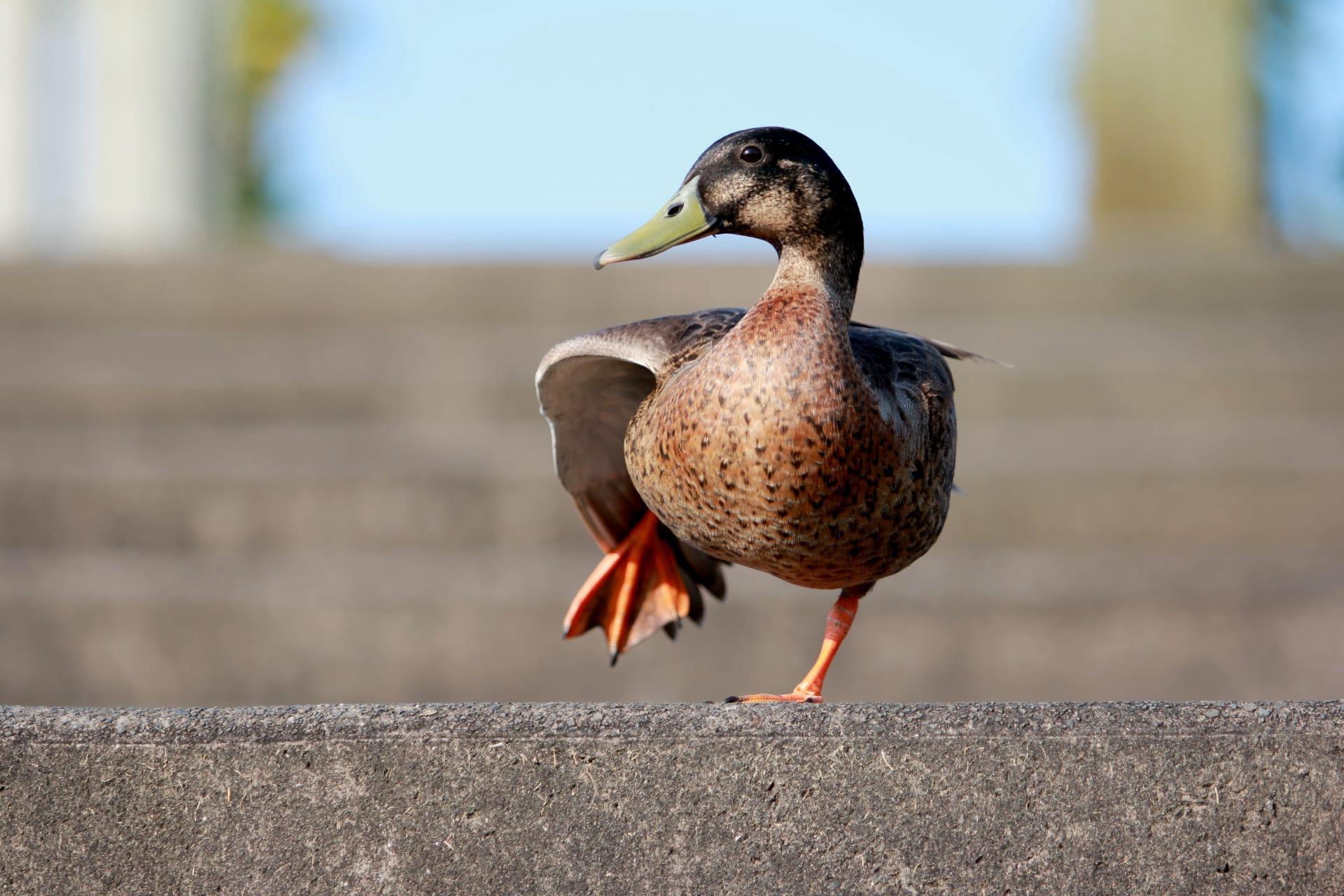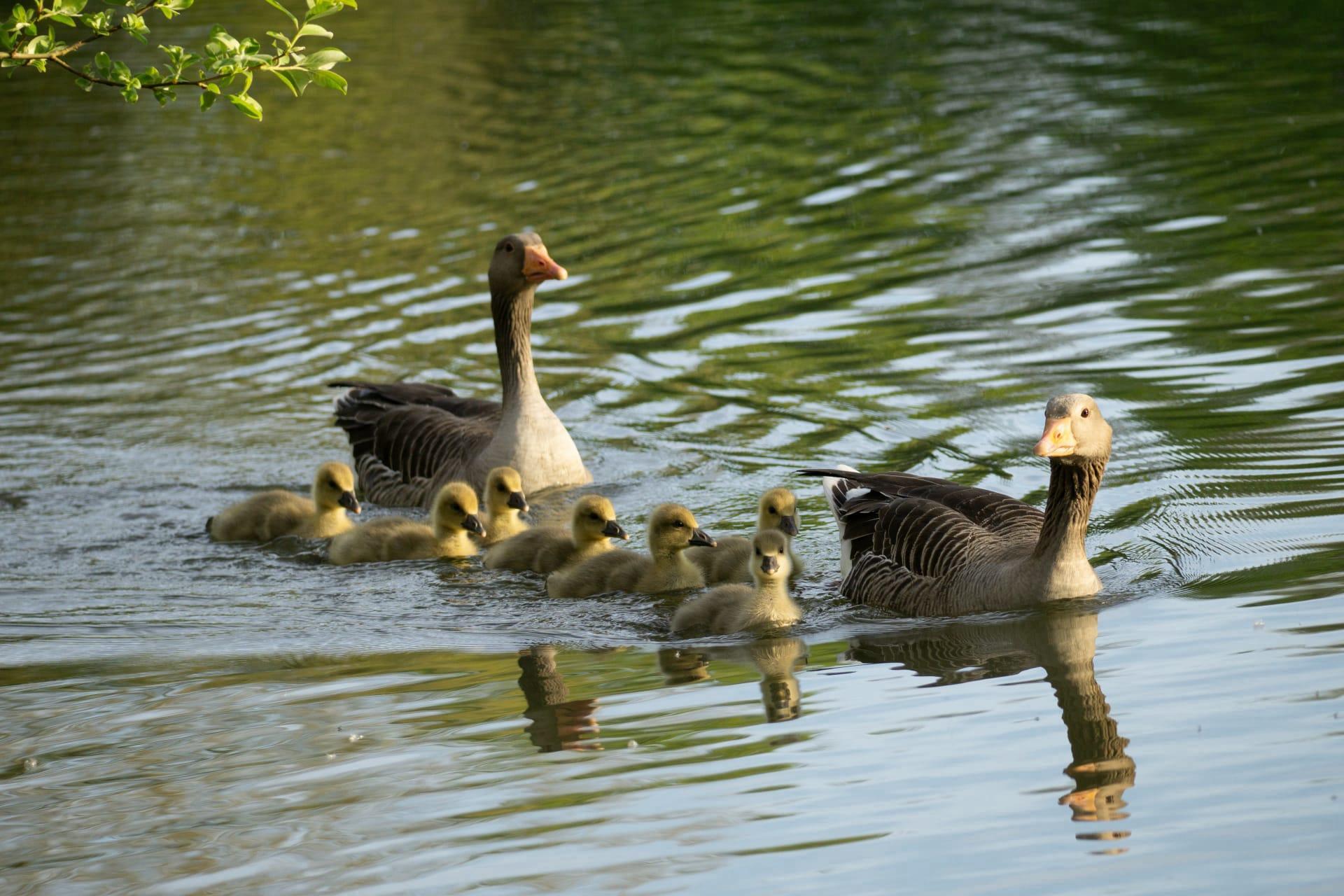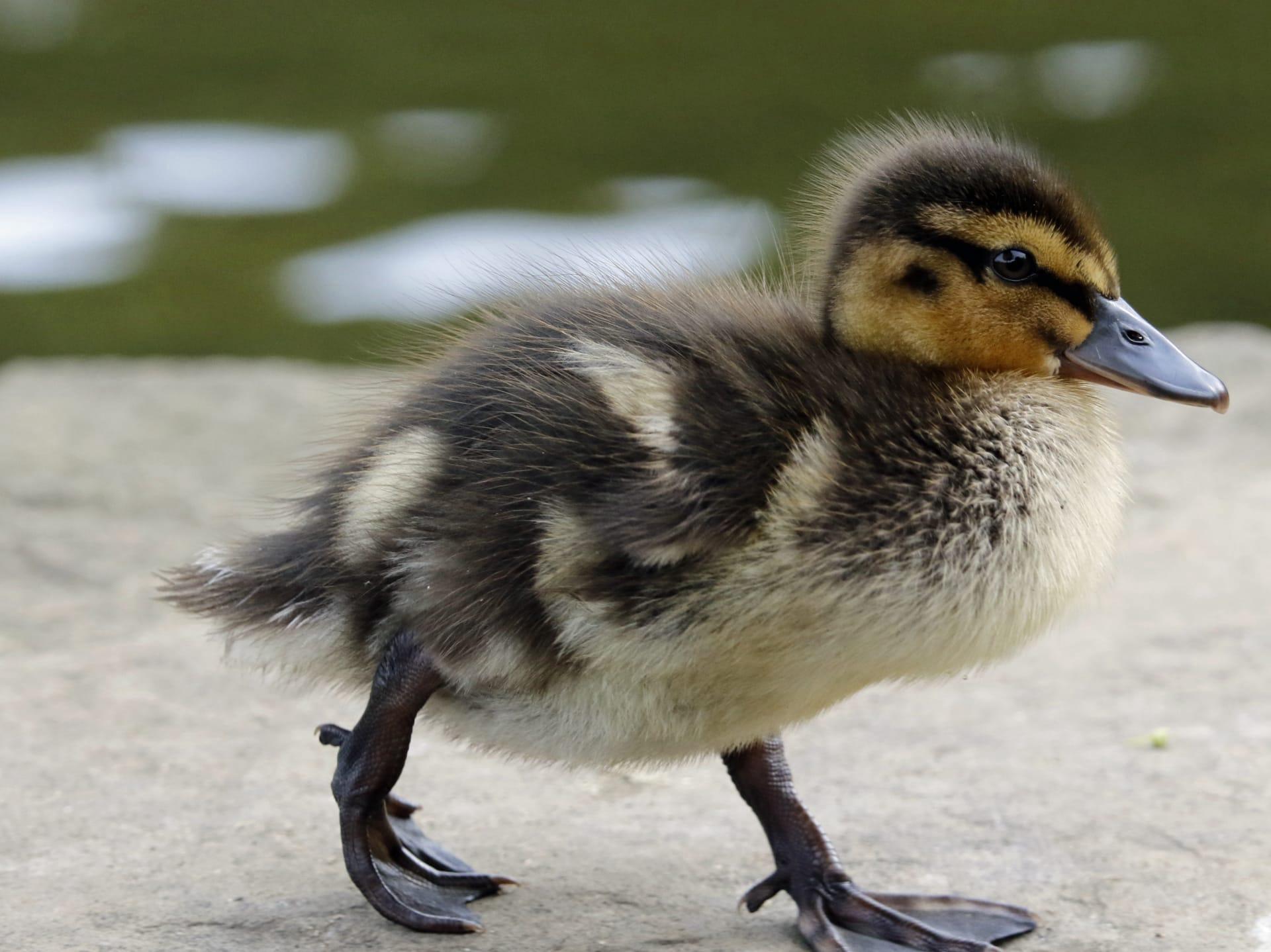Duck Characteristics
- Home /
- Mini Encyclopedia /
- Animal /
- Duck Characteristics
1
Ducks are fascinating creatures with a wide range of physical characteristics. Typically, a duck's body is compact and streamlined, perfect for both swimming and flying. Most adult ducks range in size from about 20 to 26 inches in length, weighing between 1.6 and 3.5 pounds. Their lifespan varies depending on the species and environmental factors, but on average, ducks live for 5 to 10 years in the wild, though some can live up to 20 years under optimal conditions.
One of the most distinctive organs of a duck is its bill. The bill of a duck is not just a simple beak, but a complex sensory organ. It is covered with sensitive nerve endings known as 'Herbst corpuscles', which allow ducks to detect minute changes in water pressure and movement. This helps them locate food sources in murky waters. Additionally, the edges of the bill are lined with fine comb-like structures called 'lamellae', which help in filtering food from water and mud.

2
Question: Why do ducks have waterproof feathers?
Answer: Ducks have waterproof feathers due to a special oil they produce from a gland near the base of their tail, called the preen gland. Ducks use their beaks to spread this oil over their feathers. The oil creates a barrier that prevents water from penetrating their plumage. This waterproofing is crucial for ducks, as it keeps them buoyant and insulates their bodies, allowing them to swim in cold water without getting their skin wet. This adaptation is vital for their survival in aquatic environments.

3
Ducks exhibit remarkable movement characteristics, both in water and in the air. In water, ducks are adept swimmers, thanks to their webbed feet which act like paddles, propelling them smoothly and efficiently. Ducks can also dive underwater to escape predators or search for food. In flight, ducks are powerful and can travel at speeds up to 60 miles per hour. Some species, like the mallard, can ascend vertically like helicopters, a feature that is not common among birds.
When it comes to feeding, ducks are omnivorous and have a varied diet. They commonly eat aquatic plants, insects, small fish, and algae. Ducks practice a feeding behavior called 'dabbling', where they tip forward in the water to forage food from the bottom of a water body. Some species also engage in 'upending' – balancing in the water with their tails up and heads down to reach deeper. Their specialized bill structure plays a crucial role in sifting and straining their food from the water.

4
Ducks are adaptable birds and can thrive in a variety of environments, ranging from freshwater lakes, rivers, and ponds to coastal habitats. They are also found in urban areas, adapting well to man-made bodies of water like park ponds. Migratory species travel great distances between breeding and wintering grounds, demonstrating their adaptability to different climates and ecosystems.
Reproduction is a vital aspect of a duck's life. Most ducks are monogamous for a breeding season. They typically build nests on the ground near water bodies and line them with down feathers. A female duck, or 'hen', lays about 5 to 12 eggs, which she incubates for about three to four weeks. Ducklings are precocial, meaning they are relatively mature and mobile from the moment of hatching and are often seen following their mother in a line shortly after birth.

5
Book: "Ducks: A Guide to Their Biology and Behavior" by Phillip Lavretsky. This comprehensive guide delves into the fascinating world of ducks, exploring their biology, behavior, and evolution. Lavretsky, an expert in avian biology, provides detailed insights into different duck species across the globe. The book, published in the United States in the 2010s, is a valuable resource for both bird enthusiasts and professionals in ornithology.
Book: "The Secret Life of Ducks" by Peter Scott. Published in the United Kingdom during the late 20th century, this book offers an intimate look at the daily lives of ducks. Scott, a renowned naturalist and painter, combines his artistic talents with his knowledge of ducks, providing readers with a unique blend of visual and informational content. The book covers various aspects of duck behavior, including migration, feeding habits, and social interactions.